PREVENTING PIPELINE CORROSION WITH CHEMICAL INJECTION
Corrosion can be one of the primary causes of problems in oil and natural gas pipelines. As oil and gas pipeline materials react with highly corrosive media (H2S, CO2, brackish water, etc.), the structural integrity of the pipeline may be degraded, potentially leading to leaks, fractures, and potentially catastrophic events. To protect pipelines from corrosion, many operators utilize chemical injection systems, where a precisely controlled amount of corrosion inhibitor chemical is injected directly into the pipeline or wellbore.
Corrosion Causes
Carbon steel is commonly used in oil and gas pipelines due to its strength, toughness, and ability to withstand temperature changes. Carbon steel, however, is subject to corrosion triggered by the presence of water, carbon dioxide, hydrogen sulfide, and other elements present in the product being pumped in the pipeline.
Carbon dioxide (CO2), for example, is an acidic compound often present in natural gas and crude oil. It becomes particularly corrosive when dissolved in water, leading to pitting and other types of corrosion.
Hydrogen sulfide (H2S) is formed from either decomposing organic matter or from bacteria consuming naturally occurring petroleum and produces an offensive “rotten egg” odor in low concentrations. It occurs naturally in some groundwater and may be found in wells drilled for oil or natural gas. When combined with water, it forms sulfuric acid (H2SO4), a strongly corrosive acid.
The presence of corrosive elements can be influenced by temperature, flow velocity, and surface condition of the steel. For example, temperature reductions can result in condensation of water and hydrocarbons, producing higher levels of CO2 and H2S and a more corrosive environment. Higher velocities can lead to increased turbulence and accelerated corrosion. Steel that is scored or damaged presents more opportunities for corrosion to attack weakened areas of pipelines.
Inhibiting Corrosion with Technology
A variety of techniques have been used to limit corrosion, such as injecting chemicals, utilizing steel with a higher percentage of nickel, using surface coatings, or cathodic protection.
Coatings can be applied to both the interior and exterior of pipelines to ward off corrosion. When applied to pipeline interiors, coatings can also produce smoother surfaces, reducing friction and enhancing flow efficiency. Coatings, however, become less effective as the coating is worn away. Utilizing steel with a higher percentage of nickel is highly effective in preventing certain types of chemical corrosion. It is also the most prohibitively expensive solution.
Cathodic protection is the application of electrical current to the pipeline to disrupt the movement of electrons and protect the steel from corrosion. Its use and effectiveness often depends on the nature of the pipeline system and the geological characteristics of the area under consideration.
Chemical injection can offer a dependable, measurable way to ward off corrosion. Corrosion inhibitors can be injected into the pipeline or wellbore in specific, and adjustable, concentrations to reduce corrosion over the life of the system. They do so by chemically reacting with the corrosive media in the pipeline and effectively neutralizing the harmful chemicals.
Chemical Injection Systems as Corrosion Inhibitors
Using modern technology, chemicals can be injected and monitored precisely, often with remote equipment that offers basic intelligent automation in oil and gas. Chemicals are dispensed with pumps designed to fit the specific pressure and flow requirements of the system. These pumps can be powered with AC, DC, or pneumatic drivers depending on the needs of the operator and the local code.
Accurate chemical dosing is critical to successful corrosion inhibition. Under-dosing can limit the effectiveness of corrosion prevention, while over-dosing can lead to waste and excess costs. When sizing pumps, it’s important to know what the volume needed at a given pressure is, as well as the chemical compatibility requirements of the seals and plunger.
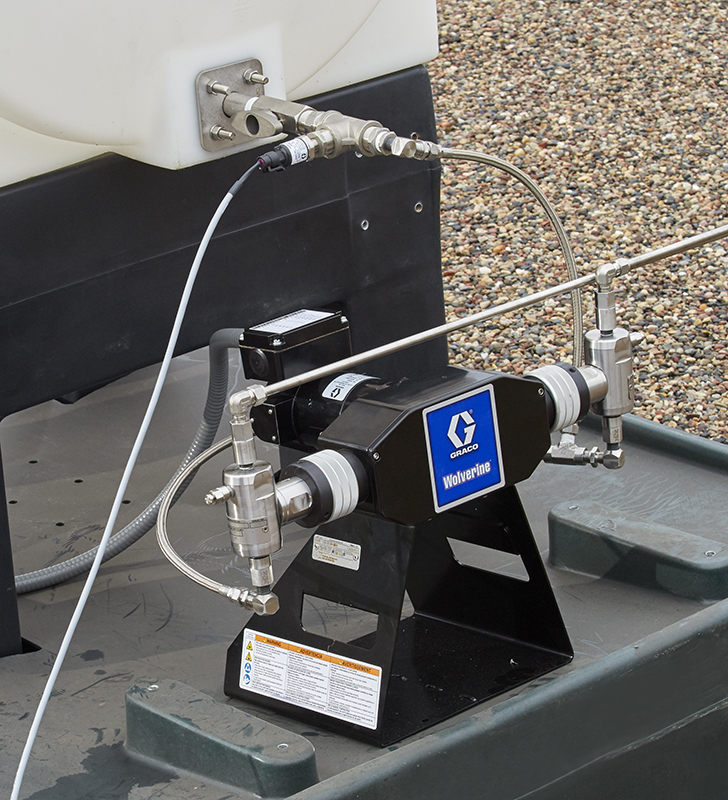
Electric pumps can be powered by solar or conventional power sources.
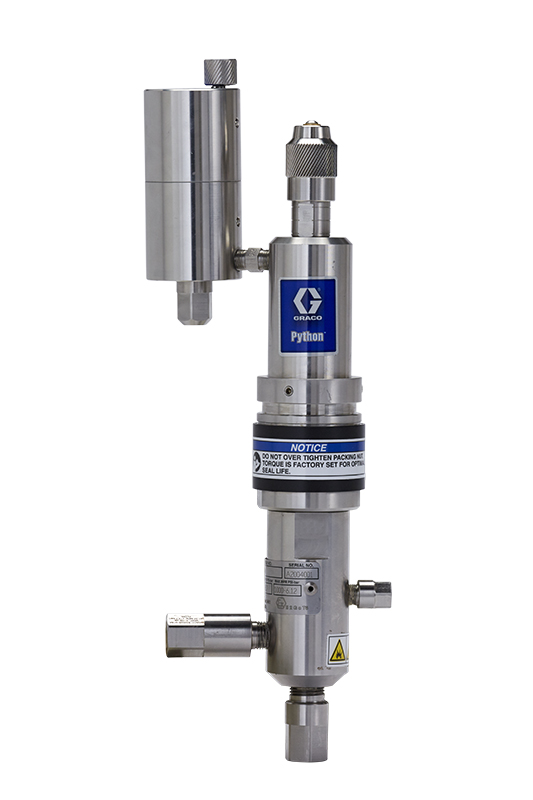
Pneumatic pumps run off regulated natural gas or compressed air.
Controllers Provide Brains
Controllers serve as the “brains” of chemical injection systems, and can be selected based on power requirements, levels of automation desired, and other factors. They can provide a simple time-based on/off control for chemical injection, a variable rate control to inject a specific amount of chemical constantly throughout the day or an adaptive flow control process which changes the injection rate based on a signal input into the controller, such as temperature or pressure.
Remote system monitoring and control via either SCADA or cell system is also available, with automation features including injection rate monitoring and adjustment, chemical tank level monitoring and accounting, pressure, flow & temperature measurement, leak detection, and system power.
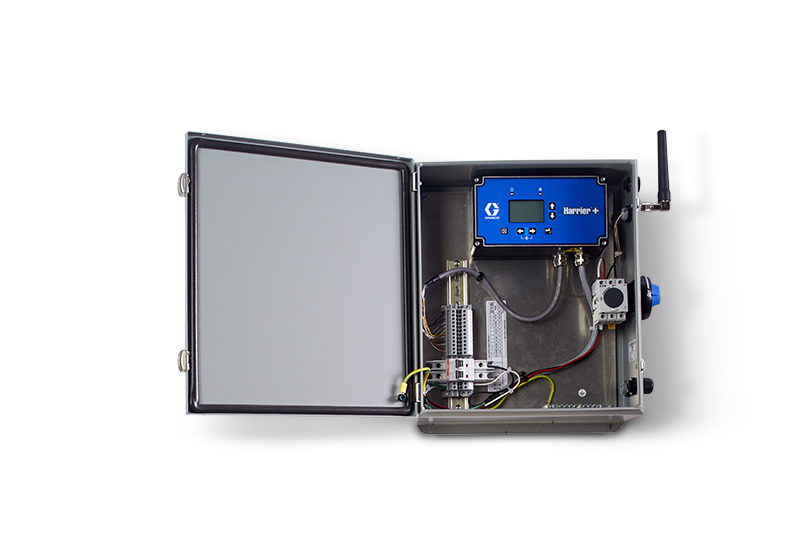
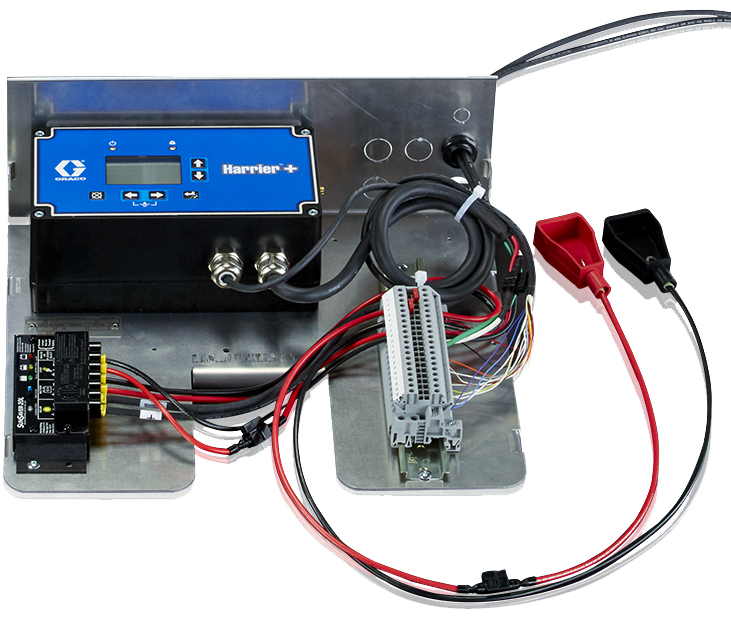
Controllers are available for both AC (left) and DC (right) power sources.
Complete Chemical Injection System
To complete the chemical injection system, other components may include a solar panel, stand, batteries, charge controller, chemical storage tanks, piping, fittings, calibration column and manifold and various other accessories to complete the system.
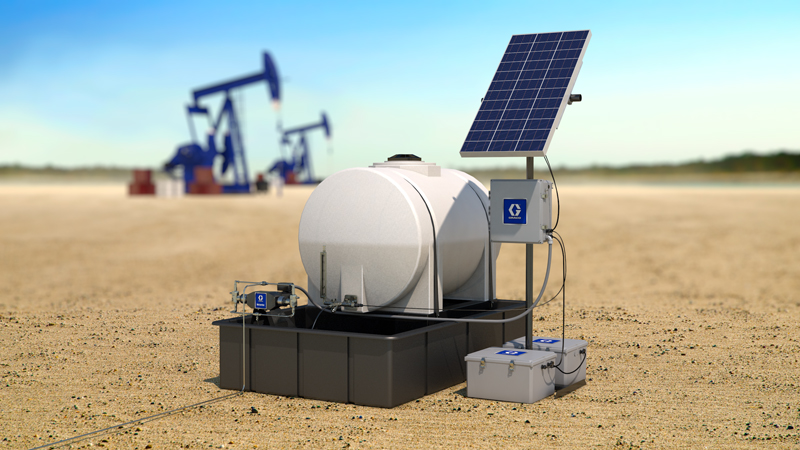
A chemical injection system in use at an oilfield site
References
Controlling Internal Corrosion in Oil and Gas Pipelines file:///C:/Users/AGR/Downloads/corrosion_nyborg_2005%20(1).pdf
Pipeline Internal Corrosion http://www.oilfieldwiki.com/wiki/Pipeline_Internal_Corrosion
CORROSION UNDER WET GAS CONDITIONS http://www.corrosioncenter.ohiou.edu/documents/publications/8123.pdf




